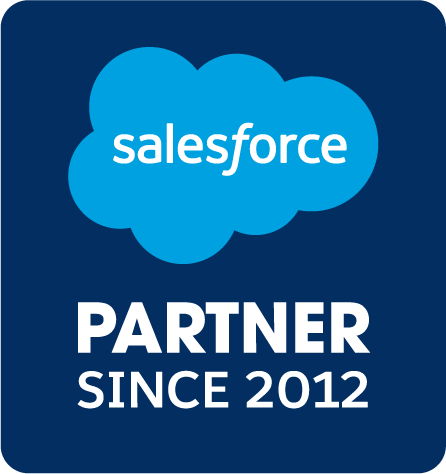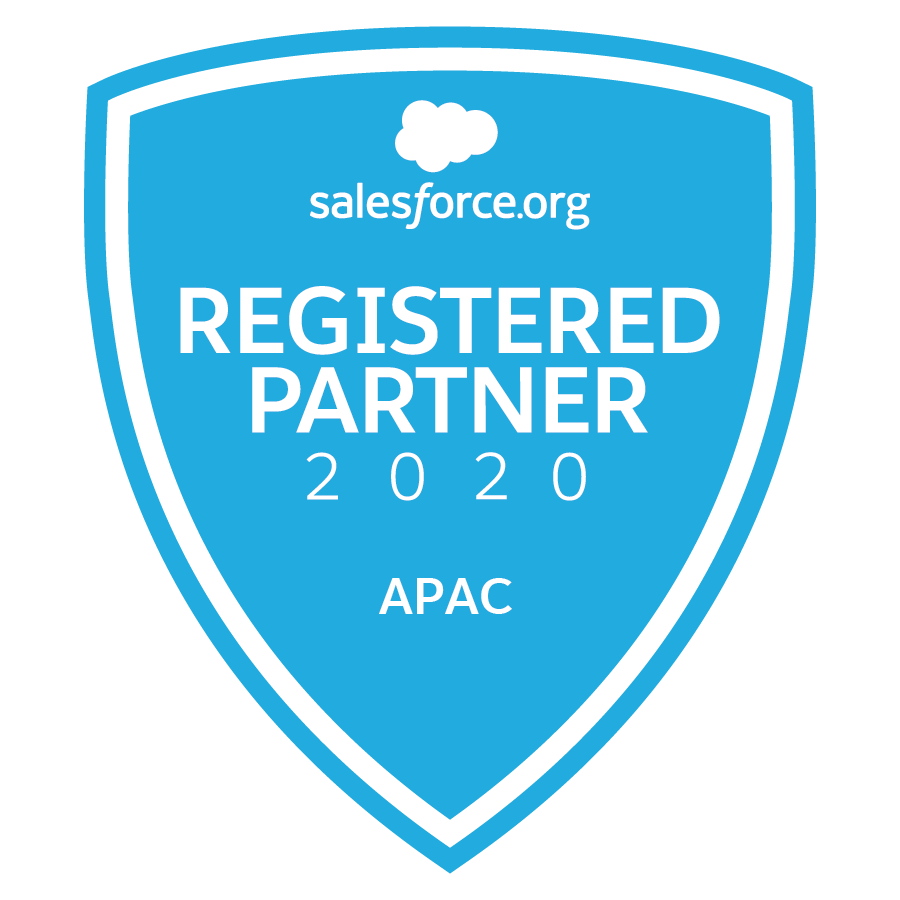New Salesforce users might take some time to get used to the terminology that the CRM uses.
Salesforce terminology follows its own original style which could throw new users off a bit when trying to find their way around the terms. To make things a little bit easier we at SalesFix have put together a list of more commonly used terms so that you don’t have to refer to the Salesforce Glossary every time a new term pops up. Let’s start with the Salesforce products that are available.
Salesforce Apex: Apex is the programming language developers use to create Software as a Service (SaaS) applications on top of the Salesforce CRM.
Salesforce AppExchange: AppExchange in Salesforce is a business app store with paid and free apps that users can add to the CRM implementation to customize it for their own needs.
Salesforce Connect: Connect is a feature of Salesforce that helps users to seamlessly access data and records that is stored on other systems.
DreamForce: DreamForce is an annual event where Salesforce can showcase its newest developments to its users, partners, and developers.
Full Sandbox: A Full Sandbox is a replica of a user’s implemented Salesforce that can be used for testing and training purposes before additions go live.
Salesforce Lightning: Lightning is the Salesforce platform with an updated user interface. New features and tools have been added to Lightning for better user experience.
Salesforce Pardot / Marketing Cloud: Salesforce Pardot and Marketing Cloud are two different marketing automation platforms owned and developed by Salesforce that users can use for marketing services and analytics.
VisualForce: VisualForce uses a single tab to embed all web-based languages and controls what is visible and what is not on a page. This feature makes development within Salesforce more user-friendly.
And here are some of the more commonly used terms:
API: API or application programming interface is software within Salesforce that allows it to communicate with other systems like an email tool.
Bi-Directional Sync: Bi-Directional Sync is a third-party tool that allows another system to pull information and write information to Salesforce.
Closed-Loop Reporting: Closed-loop reporting is a function that passes data about leads, contacts, and so on back to the marketing platform where it can be further analysed.
Closed Won Opportunity: Closed Won is an Opportunity status. The Closed Won status denotes that the Opportunity is now a customer following the closing of a deal.
Formula Field: A formula field in Salesforce is similar to a cell in MS Excel. The field uses an equation formula to populate the data that is displayed. The equation can pull information from other fields to show its results.
Lead Scoring: Lead scoring is a marketing platform feature that assigns a numeric score to a lead to represent how qualified that lead is. Scoring criteria can be customised for individual businesses.
Object: An Object is a term used for a record within Salesforce. Accounts, leads, opportunities, and so on are all examples of Salesforce objects. More objects can be added as per business requirements.
Opportunity: An object that represents a potential sale is termed an Opportunity in Salesforce. Details of the deal are included in this object to make it easier for a sales rep to use.
Opportunity Stage: The Opportunity Stage is the status or value of the Opportunity that is assigned based on what stage the deal is in at that moment.
Queue: A Salesforce Queue is where unassigned records reside. When it is not yet determined who to to ‘own’ a record, it remains in the queue.
Standard Object: A Standard Object is a record storing feature that comes along with Salesforce out of the box. Contact object, account object, and lead object are examples of standard objects.
Task: A Salesforce task is the action that will accompany an object. If a lead has to be contacted over the phone then that is the task assigned to it.
Trigger: A Trigger is a piece of Apex code that can cause an action in response to an event. Creation of a new object or changes in an existing object can be the event that sets off the trigger.
Web to Lead: The Web to Lead tool allows Salesforce users to create forms for the web. Information filled into these forms automatically gets populated to the user’s Salesforce platform.
Workflow Rule: The Workflow Rule tool can automate tasks like sending notifications, updating records, and so on.
Contact us at SalesFix of you need any help with understanding how to use Salesforce better.






